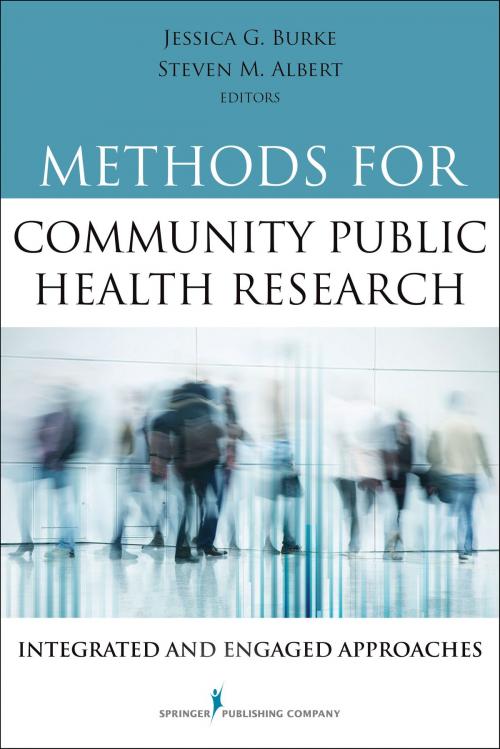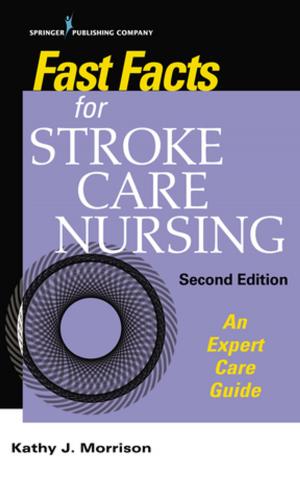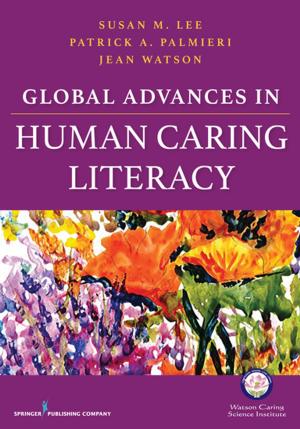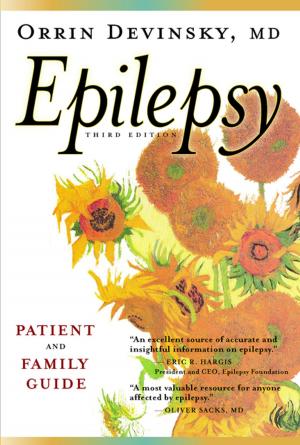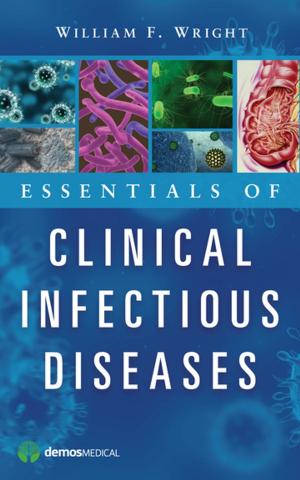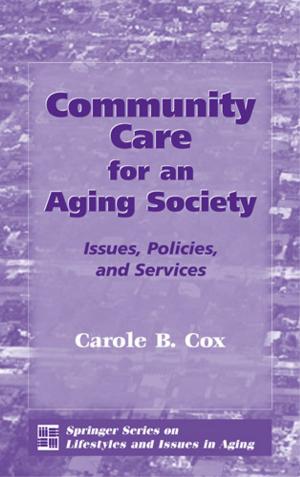Methods for Community Public Health Research
Integrated and Engaged Approaches
Nonfiction, Health & Well Being, Medical, Ailments & Diseases, Infectious Diseases, Epidemiology, Reference, Public Health| Author: | Steven M. Albert, PhD, MSc, MSPH | ISBN: | 9780826198785 |
| Publisher: | Springer Publishing Company | Publication: | March 11, 2014 |
| Imprint: | Springer Publishing Company | Language: | English |
| Author: | Steven M. Albert, PhD, MSc, MSPH |
| ISBN: | 9780826198785 |
| Publisher: | Springer Publishing Company |
| Publication: | March 11, 2014 |
| Imprint: | Springer Publishing Company |
| Language: | English |
"This book presents a new approach to conducting, evaluating, and presenting community and public health research... This is [a] valuable book for learning alternative ways of conducting and disseminating research."--Doody's Medical Reviews
The Burke & Albert text is a ìmust-haveî for all community researchers in public health. It contains innovative, community-engaged research methods that are described in an easily understandable manner. Challenging the notion of the quantitative-qualitative dichotomy, the contributors include integrated research methods including spatial analysis, concept mapping, network approaches, system dynamics, visual voice, and news media analysis.
This is the first text to advance beyond traditional research methods for promoting community health by presenting a new paradigm that integrates qualitative and quantitative research methods. Written for graduate students of public health and practicing researchers, the book highlights new technologies and methodologies that are particularly suited to addressing complex health issues, translating research into action, and engaging the community and relevant stakeholders. Eschewing the rigid distinction between qualitative and quantitative methods, this new paradigm facilitates a more fluid use of integrated methods and interdisciplinary expertise. With a focus on inferring meaning, the book stresses the conjoint effects of place, time, voice, organization, and scale on health outcomes. Use of these new research methods will provide greater insight into how and why contextual and community factors impact health and aid in developing more effective intervention programs.
The text focuses on new methods for inferring meaning from both the quantitative information that characterizes communities and the words community members use to describe their lives. It pays particular attention to data collection and analysis and clearly demonstrates the intricacies of using spatial, systems, and modeling analysis for community health. The first section on inferring meaning from numbers includes spatial analysis, agent-based models, community network analysis, and realist reviews. The second section, about inferring meaning from words, addresses system dynamics, concept mapping, visual voices, and media analysis. Chapters describe, step by step, how to apply new methodologies to pressing health issues and provide Web links to interactive mapping and videos of agent-based models. Additionally, the authors provide examples from their research to support methodological points.
Key features:
- Introduces a new paradigm for community public health research that integrates qualitative and quantitative methods
- Provides in-depth guidance about applying these new methodologies to pressing community health issues
- Details applications of new methods such as agent-based simulations, visual voice methods, geospatial analysis, and concept mapping
- Bridges the disciplines of community health and epidemiology
- Written for and by multidisciplinary public health scholars
"This book presents a new approach to conducting, evaluating, and presenting community and public health research... This is [a] valuable book for learning alternative ways of conducting and disseminating research."--Doody's Medical Reviews
The Burke & Albert text is a ìmust-haveî for all community researchers in public health. It contains innovative, community-engaged research methods that are described in an easily understandable manner. Challenging the notion of the quantitative-qualitative dichotomy, the contributors include integrated research methods including spatial analysis, concept mapping, network approaches, system dynamics, visual voice, and news media analysis.
This is the first text to advance beyond traditional research methods for promoting community health by presenting a new paradigm that integrates qualitative and quantitative research methods. Written for graduate students of public health and practicing researchers, the book highlights new technologies and methodologies that are particularly suited to addressing complex health issues, translating research into action, and engaging the community and relevant stakeholders. Eschewing the rigid distinction between qualitative and quantitative methods, this new paradigm facilitates a more fluid use of integrated methods and interdisciplinary expertise. With a focus on inferring meaning, the book stresses the conjoint effects of place, time, voice, organization, and scale on health outcomes. Use of these new research methods will provide greater insight into how and why contextual and community factors impact health and aid in developing more effective intervention programs.
The text focuses on new methods for inferring meaning from both the quantitative information that characterizes communities and the words community members use to describe their lives. It pays particular attention to data collection and analysis and clearly demonstrates the intricacies of using spatial, systems, and modeling analysis for community health. The first section on inferring meaning from numbers includes spatial analysis, agent-based models, community network analysis, and realist reviews. The second section, about inferring meaning from words, addresses system dynamics, concept mapping, visual voices, and media analysis. Chapters describe, step by step, how to apply new methodologies to pressing health issues and provide Web links to interactive mapping and videos of agent-based models. Additionally, the authors provide examples from their research to support methodological points.
Key features:
- Introduces a new paradigm for community public health research that integrates qualitative and quantitative methods
- Provides in-depth guidance about applying these new methodologies to pressing community health issues
- Details applications of new methods such as agent-based simulations, visual voice methods, geospatial analysis, and concept mapping
- Bridges the disciplines of community health and epidemiology
- Written for and by multidisciplinary public health scholars
